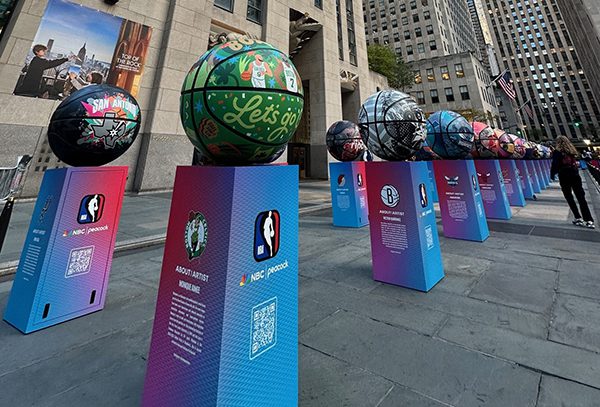Doug Lipp’s keynote address had all the earmarks of being one of the worst ever given at an NCDM conference. He pushed his audience’s tolerance by starting his speech in a monotone while reading straight from his notes. He did not make eye contact, and he did not smile.
After three rather painful minutes, during which conference-goers were covetously eyeing the exit doors, Lipp broke into his true presentation style, which is animated, spontaneous and effusive. “There was nothing wrong with the content, but the packaging was bad,” Lipp told his relieved listeners.
But Lipp also mentioned that his initial style would have been considered appropriate in many cultures. Had he been unwilling to adapt it for the American audience, he would have been ignored, if not run out of San Francisco on a rail.
Lipp used his audience’s reaction to set up the hazards of dealing with international audiences. He cautioned marketers to not only make their campaigns appropriate in terms of language, tone and actions – the tip of the iceberg, as he put it – but to consider values, beliefs and common sense as well.
Lipp is a former head trainer at the Walt Disney University, where he coached the entertainment giant’s “cast members” (which the rest of the world would refer to as “staff”). While there, he saw the company’s efforts to expand into international markets thwarted by corporate rigidity.
The French Disney site was a prime example of this. In addition to its well-publicized reversal of a no-wine policy, when it first opened, male cast members were prohibited from wearing facial hair. In fact, they were told that if they continued to sport sideburns, mustaches and bears, they should not bother to show up for work. Many workers agreed, and indeed forewent work in favor of their sideburns. The ban was quickly lifted.
Disney didn’t do much better in Japan. The American’s insistence upon using first names on executive nametags grated on the Japanese executive’s ears, and caused six months’ worth of strife during the negotiations, Lipp said. The company finally relented and created two sets of name tags – one with first names, for American meetings, and one with family names, for Japanese functions.
Once the problems with the nametags was sorted out, the Japanese park’s opening progressed nicely – until a senior-level American executive gave a pep talk to the Japanese workers the night before the park was to be previewed. In ringing tones, the executive made it clear that he wanted the amusement park absolutely spotless.
The next morning, the executive found to his horror that diligent Japanese workers had indeed scrubbed the part – including removing several hundred thousand dollars’ worth of fake cobwebs and artificial rust from the Haunted Mansion.
Sometimes marketing to cultural differences can have added benefits back at home. Around two decades ago, Proctor & Gamble was trying market a washing detergent in Asia and Europe. The company’s local representatives told the parent company that it needed to develop a cold-water formula, as heating costs made doing washes in warm or hot water prohibitively expensive.
The result was Cold Water Cheer, which the company then turned around and sold in the U.S. as a special formula that would prevent bright colors from fading.
As for stateside marketing, Lipp noted that 80% of U.S. population growth during the 1990s was due to immigration. In Des Moines, IA, the decade saw a 188% growth in its Hispanic population. Did local businesses respond to this? Not really. When Lipp took a tour of several supermarkets, the only nod to the new market for ethnic tastes was a small portion of an aisle set aside for “Mexican foods.”
“Well, that took care of one small subsection,” he said.
The National Center for Database Marketing conference concluded Wednesday.



